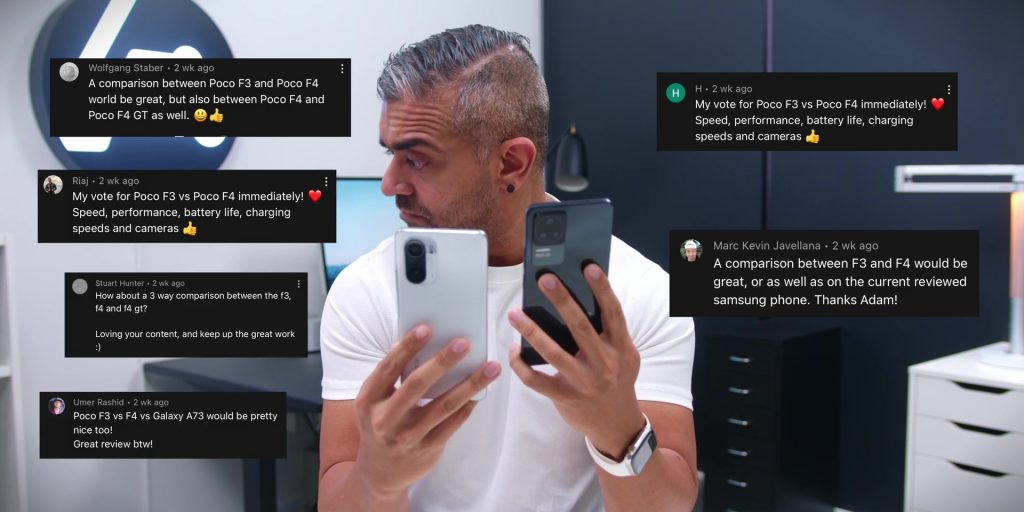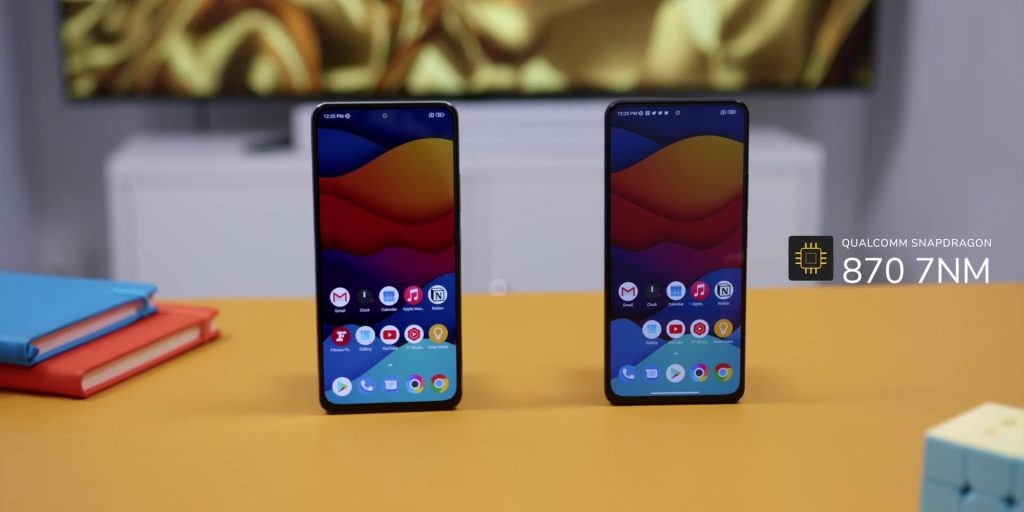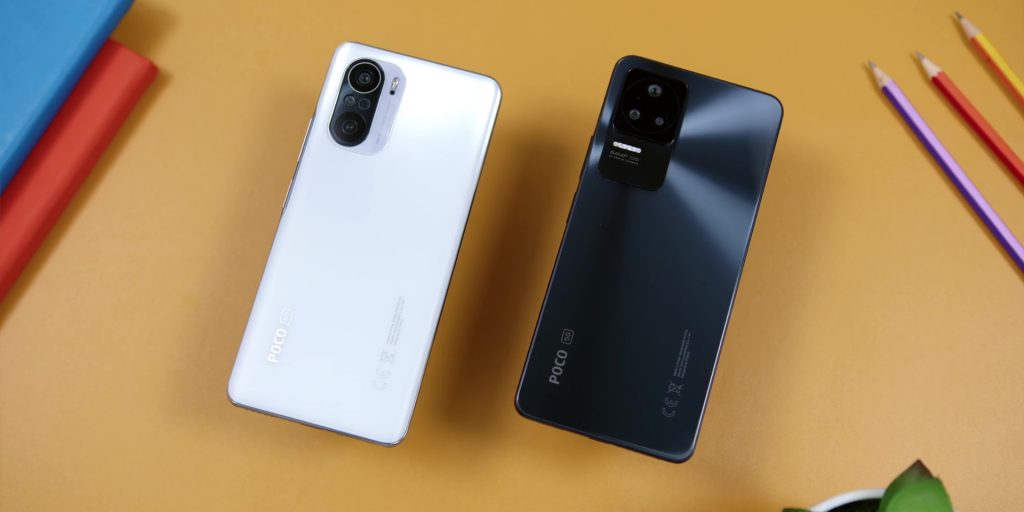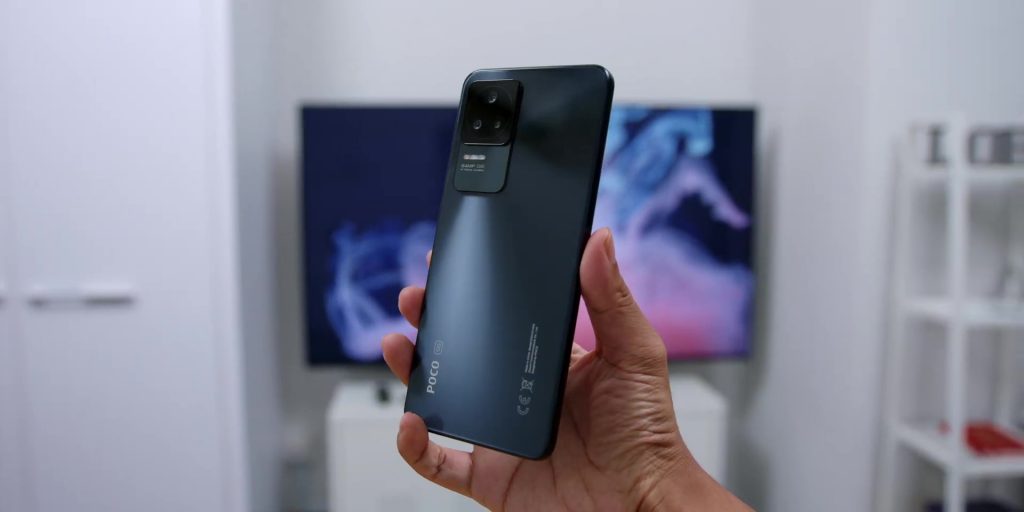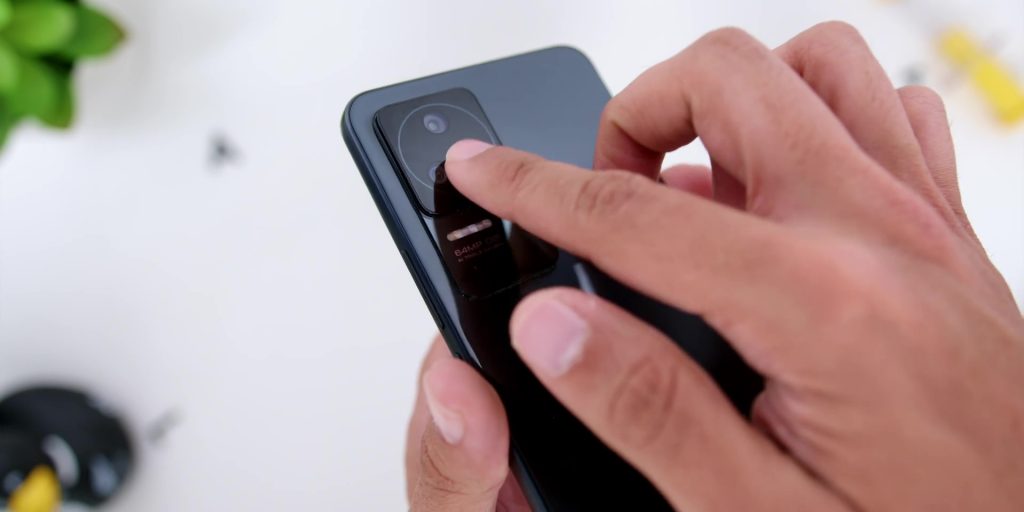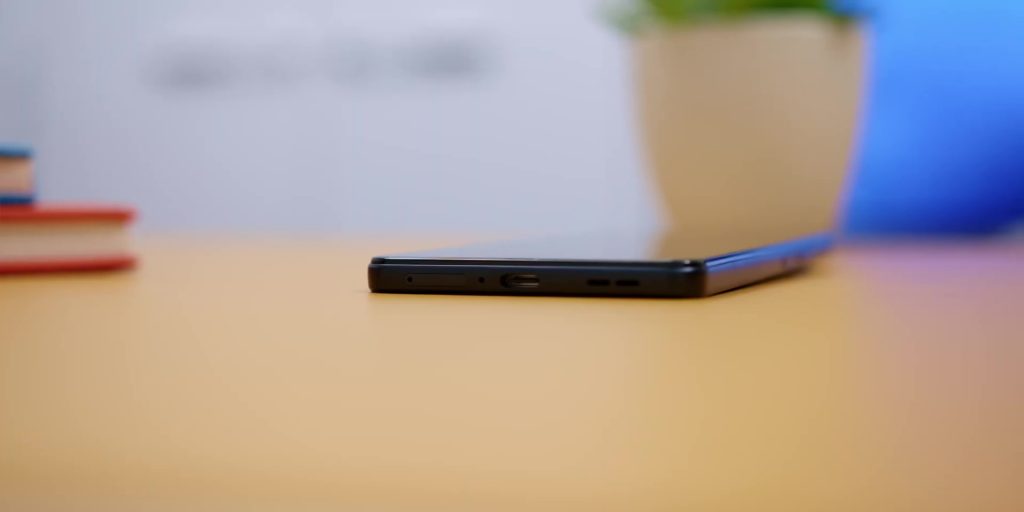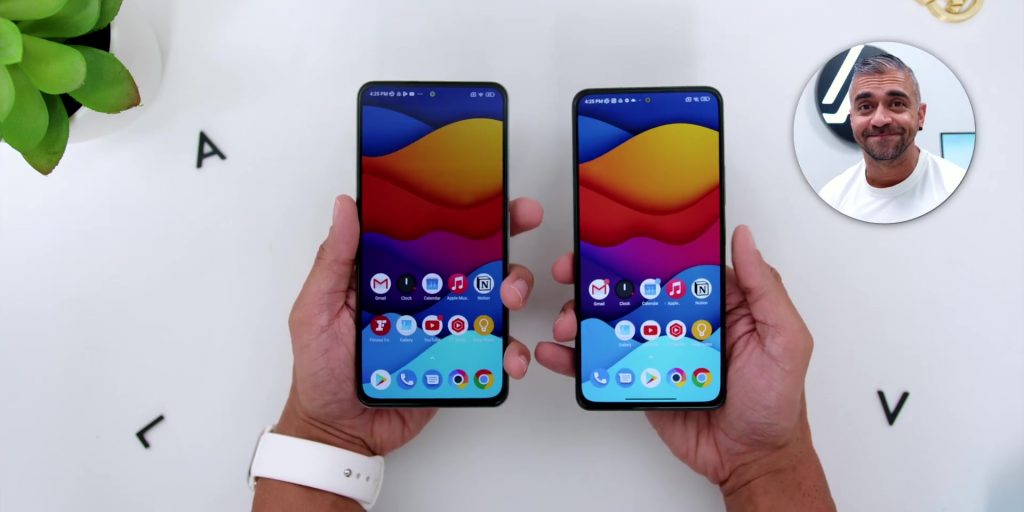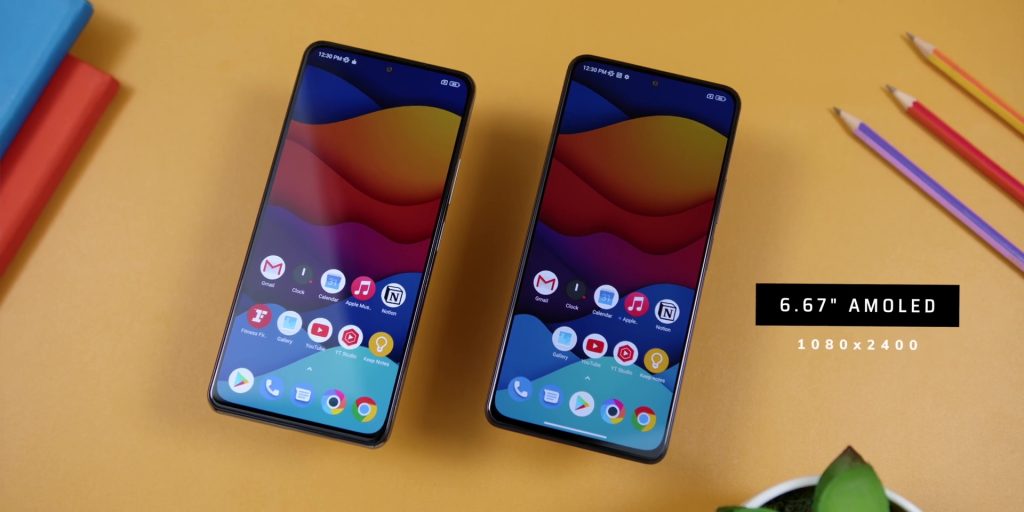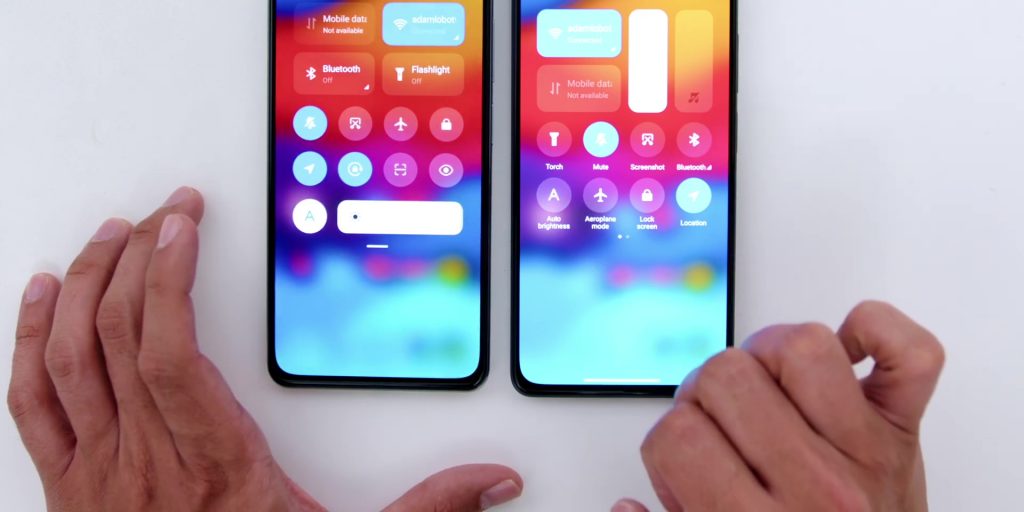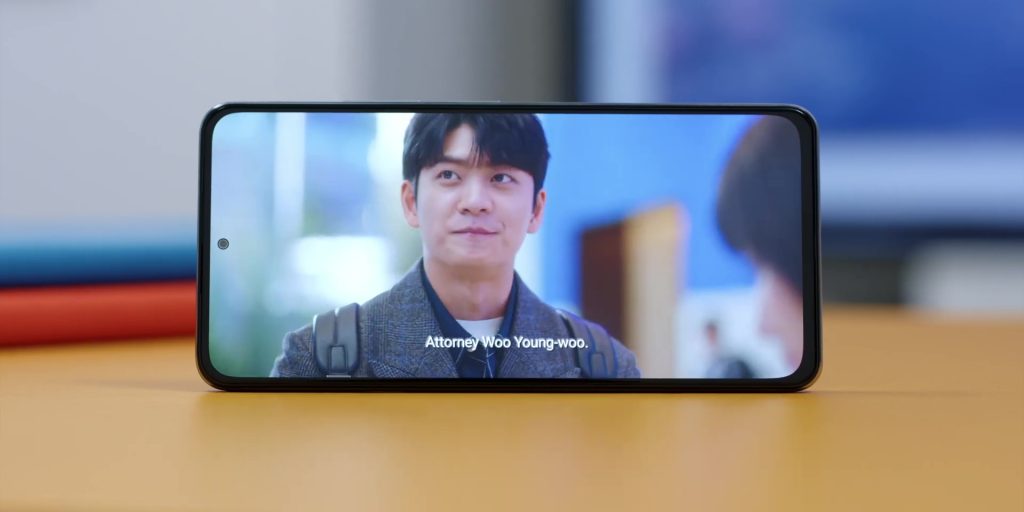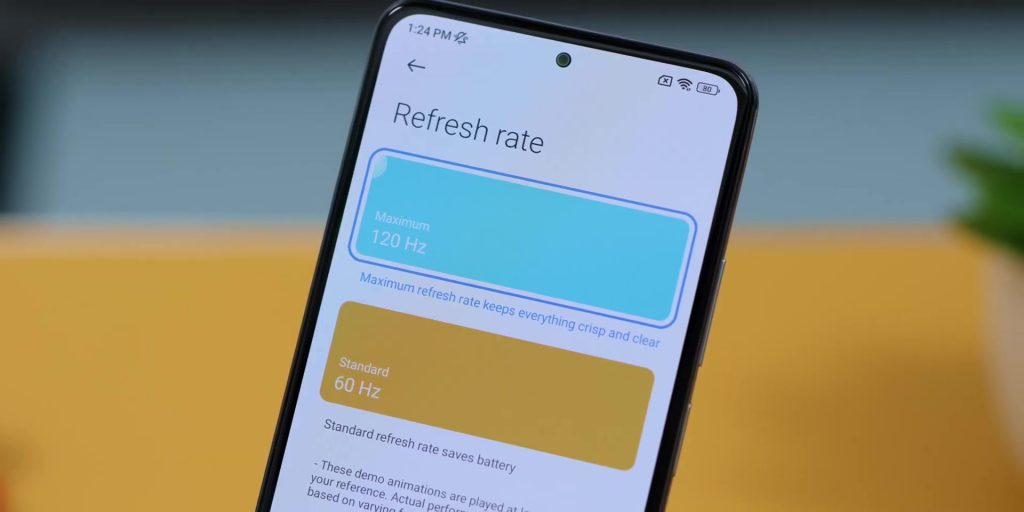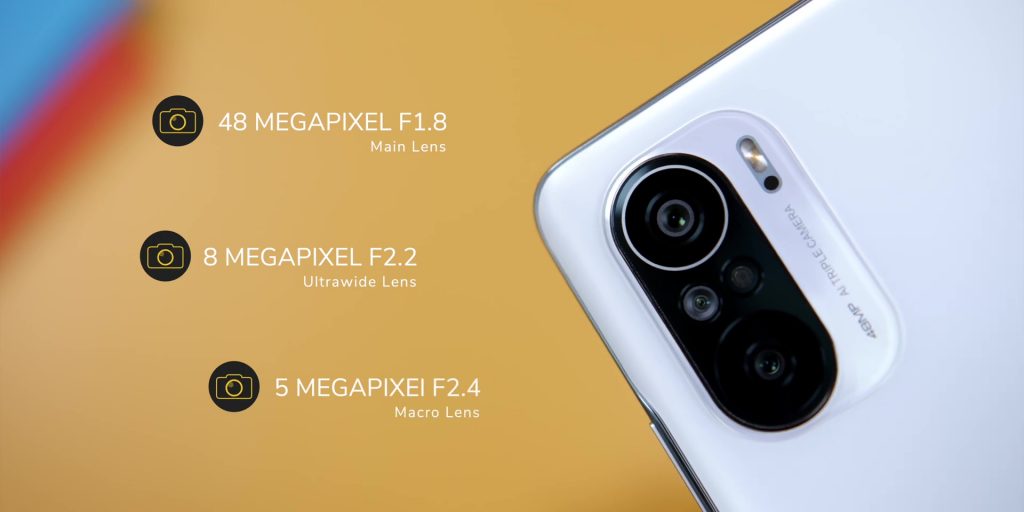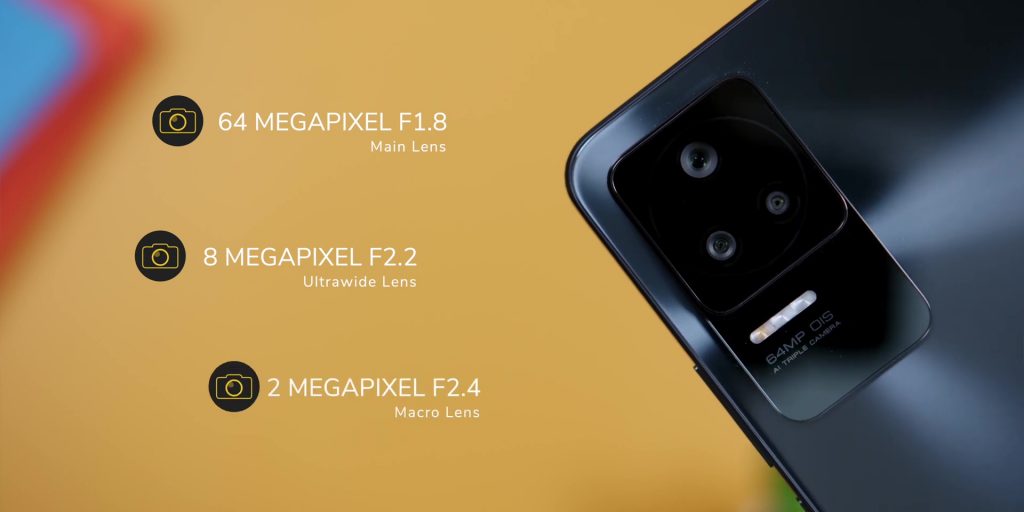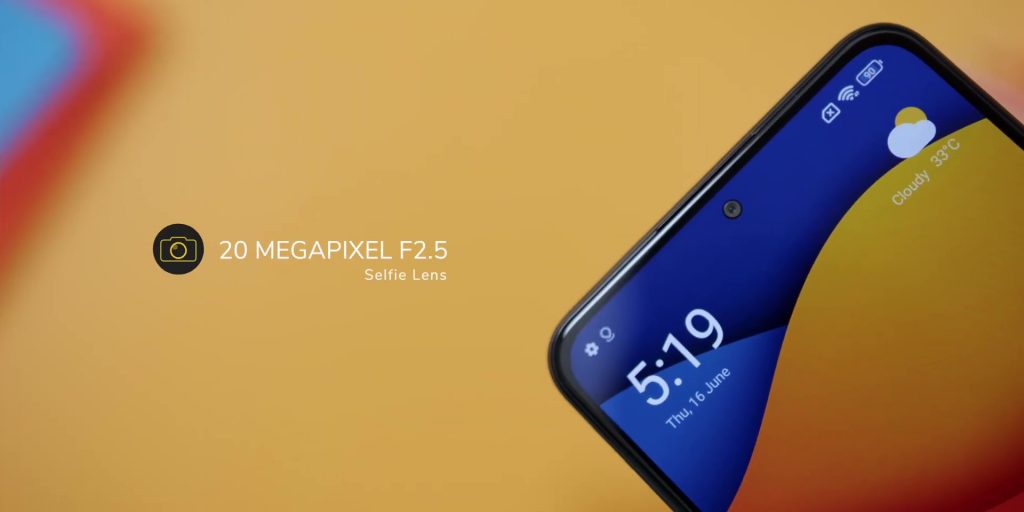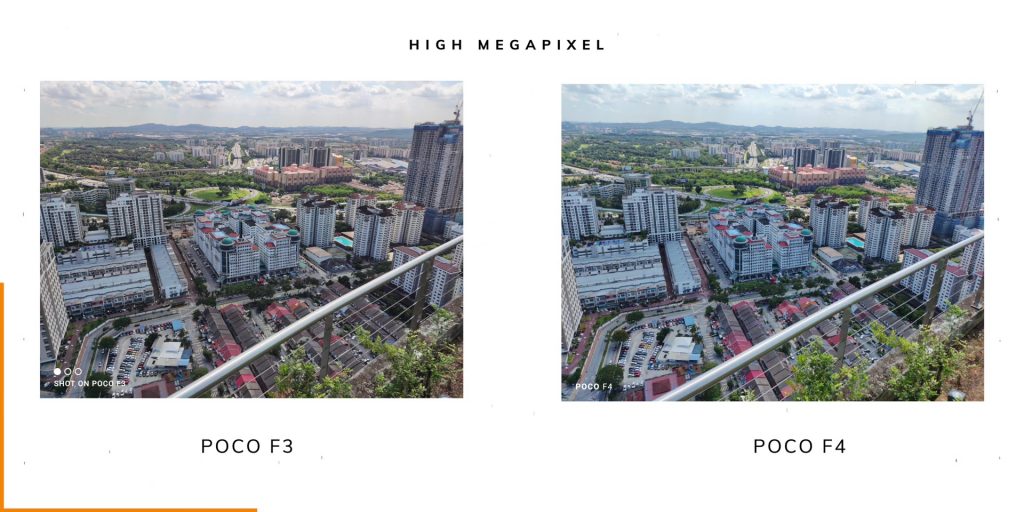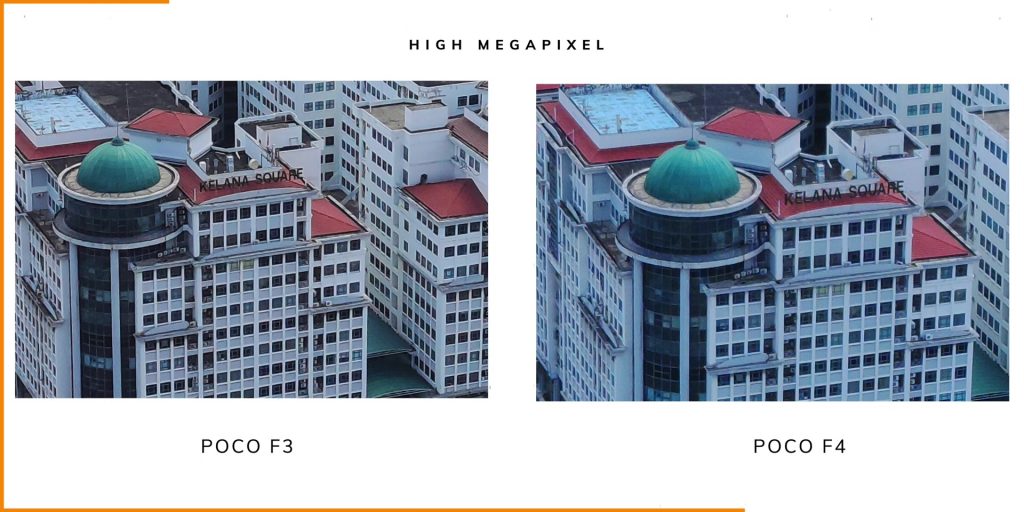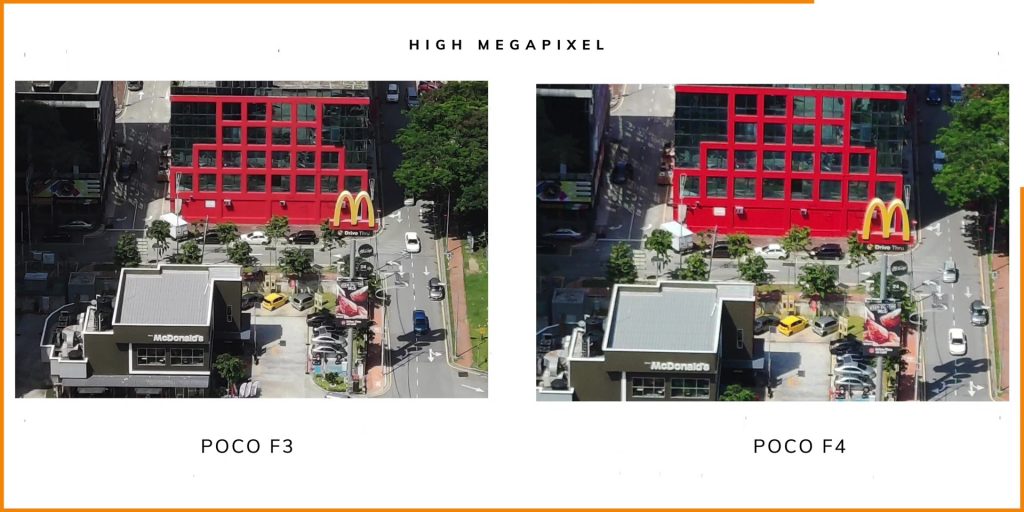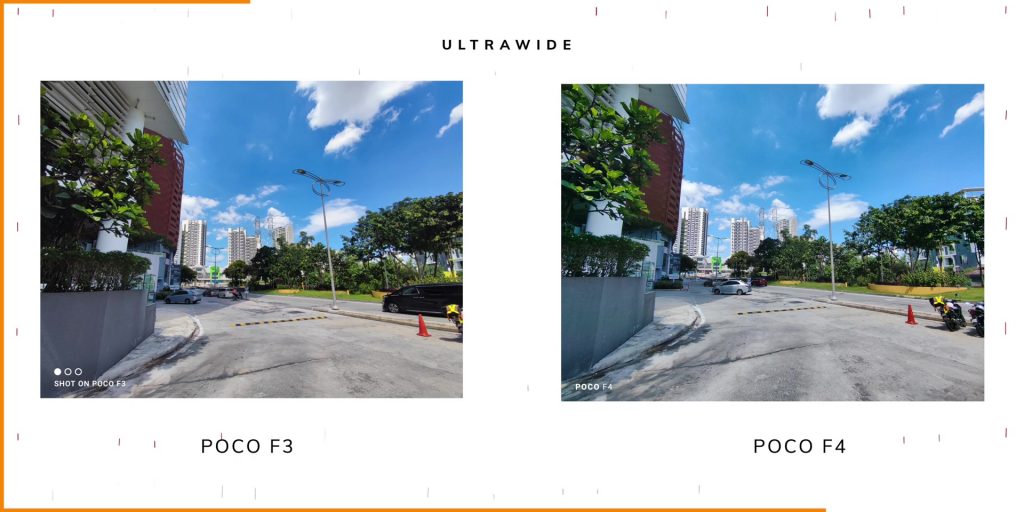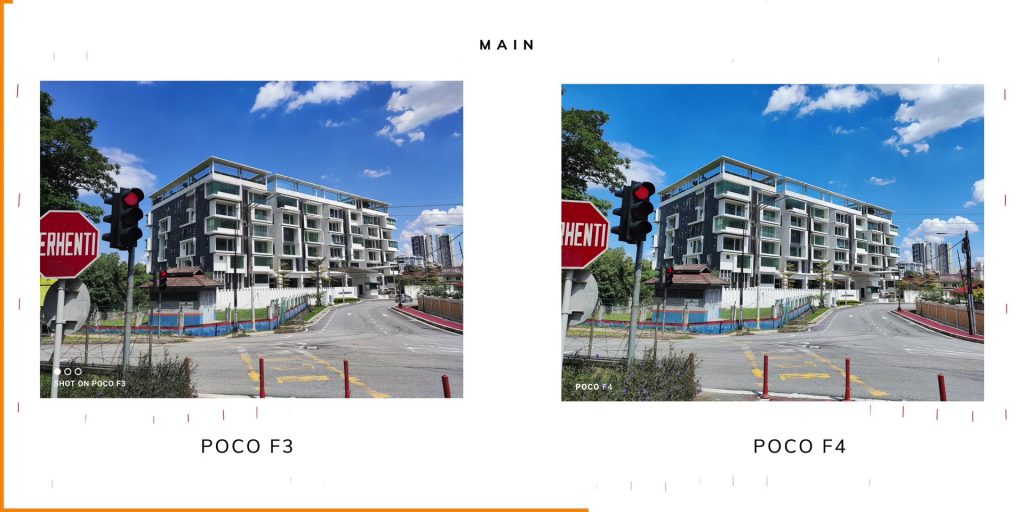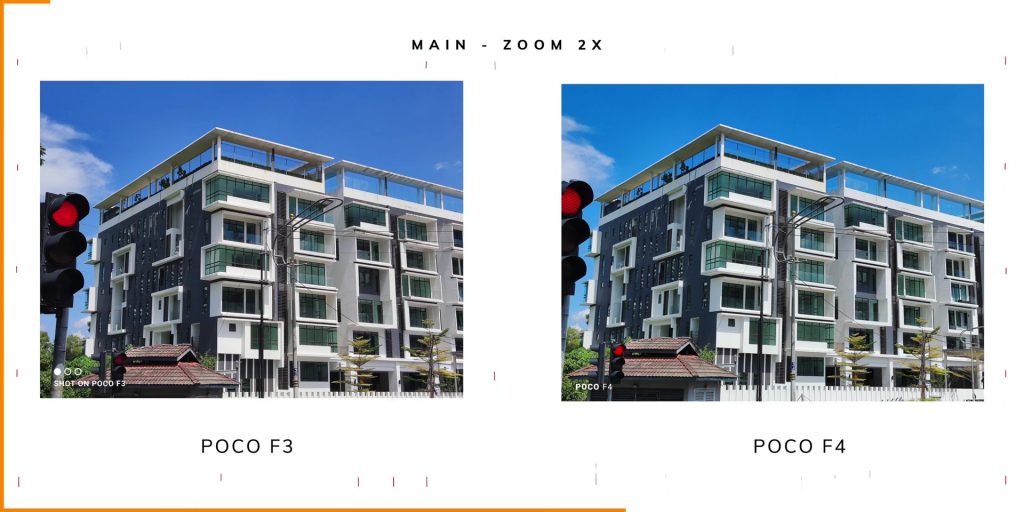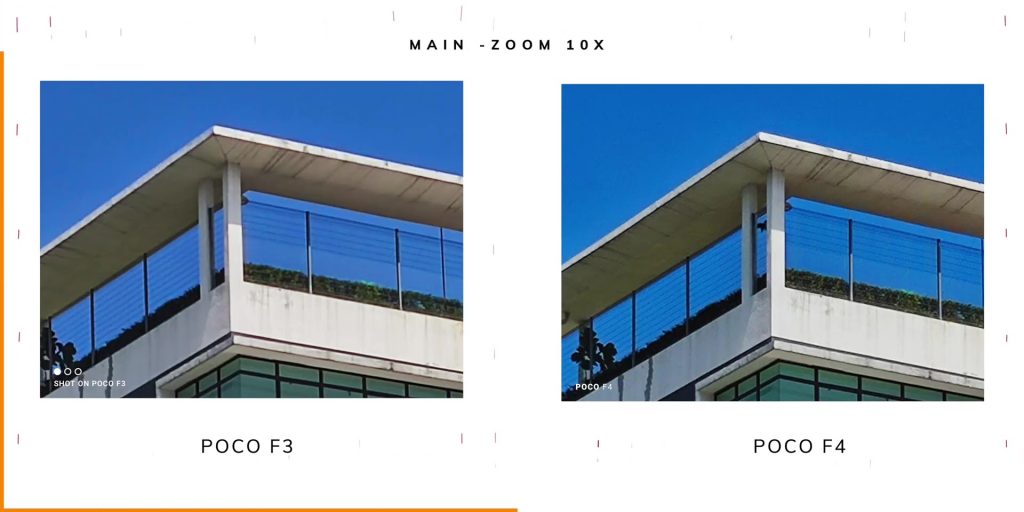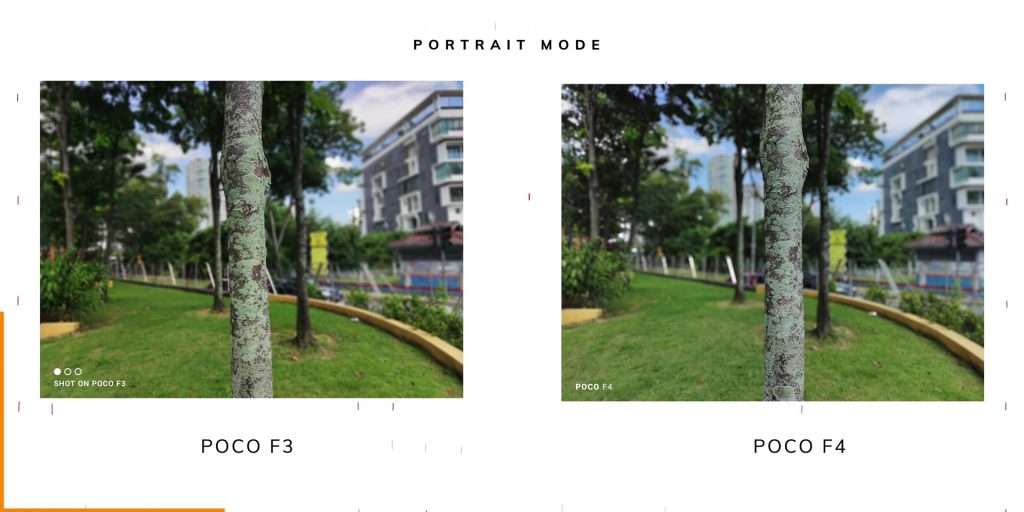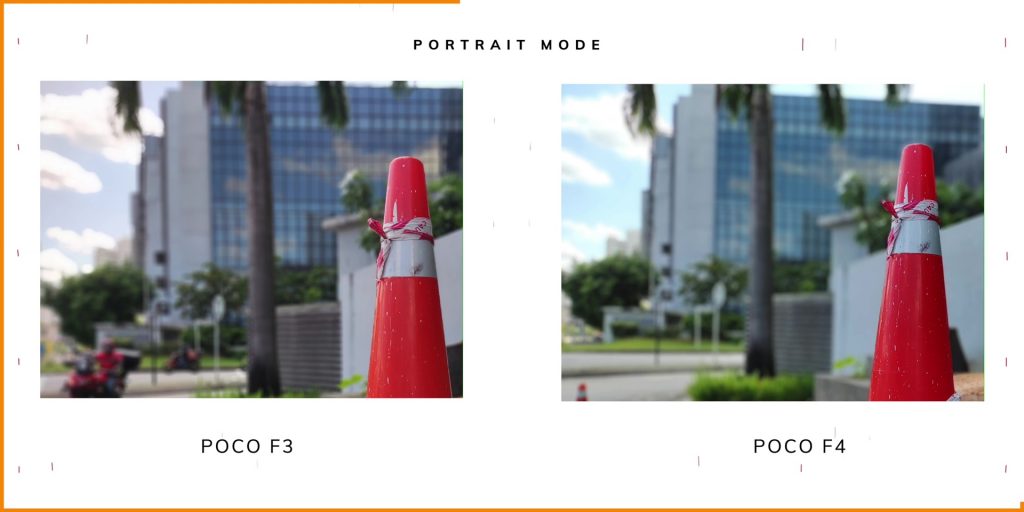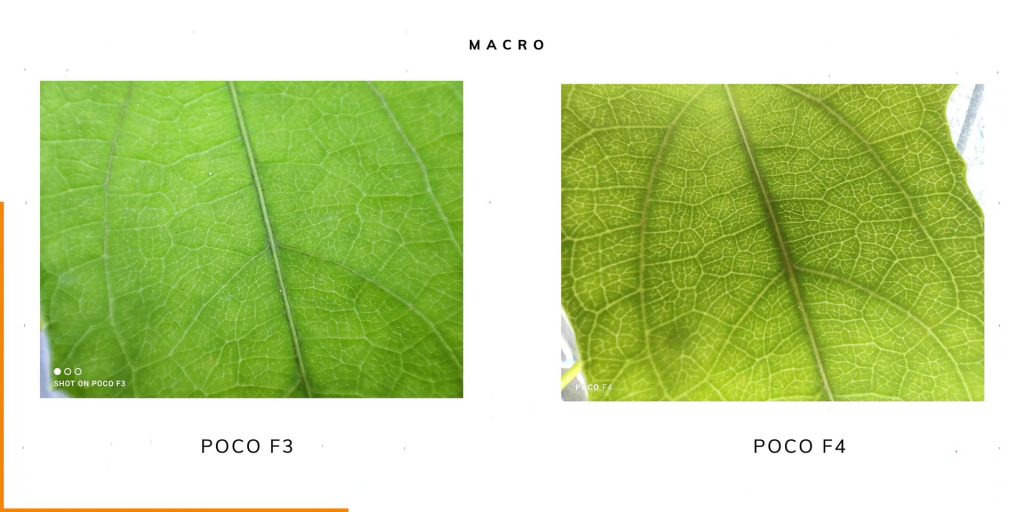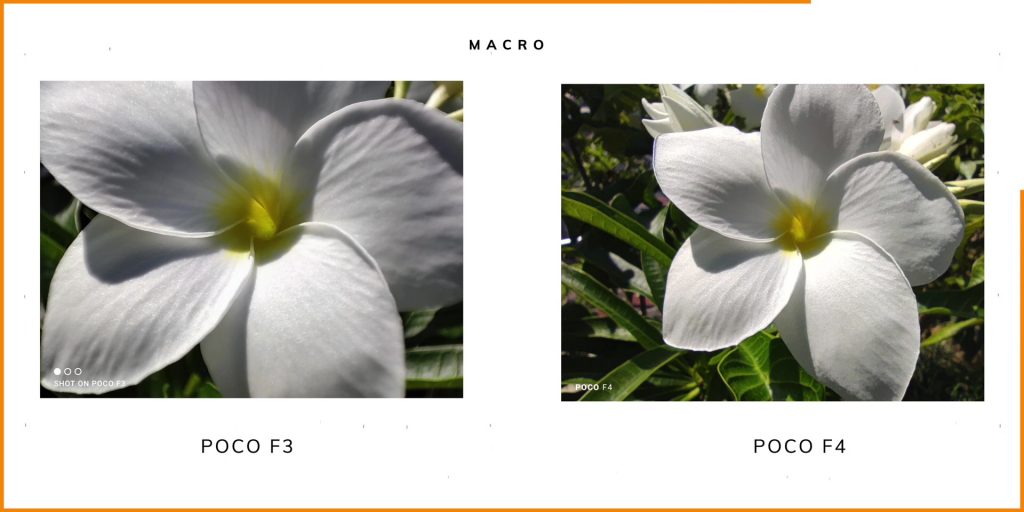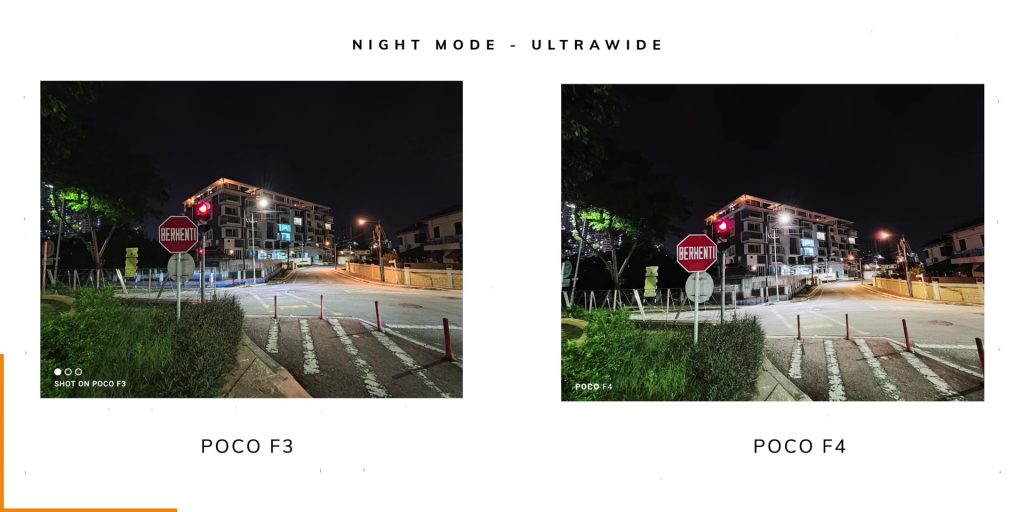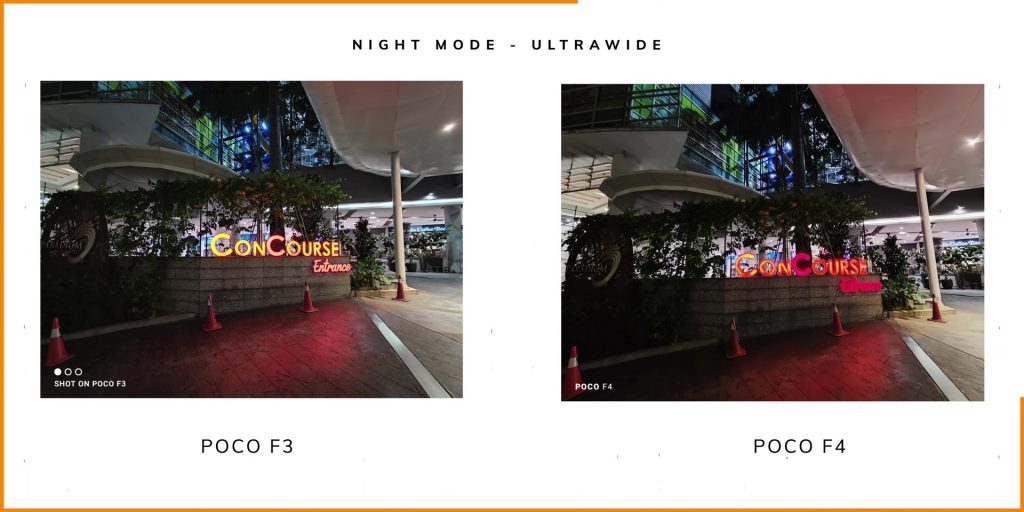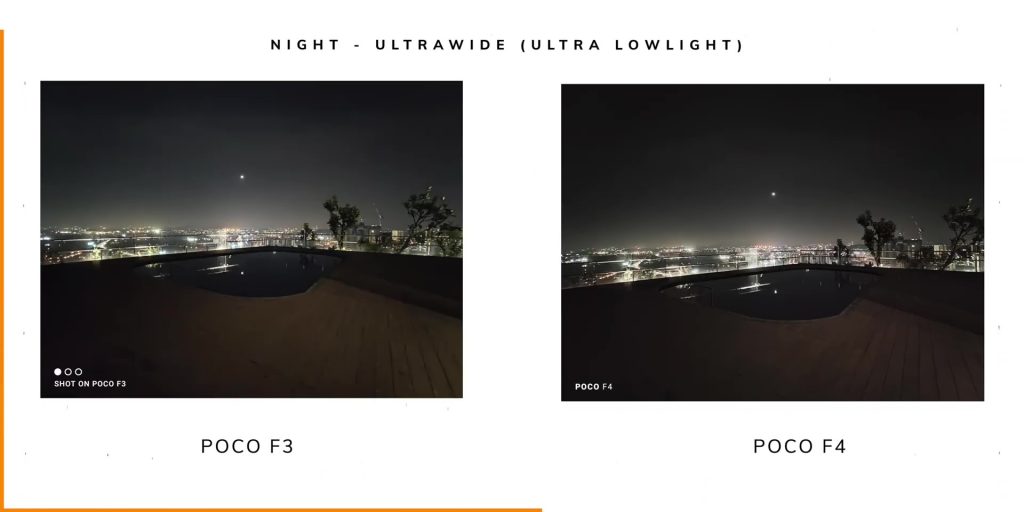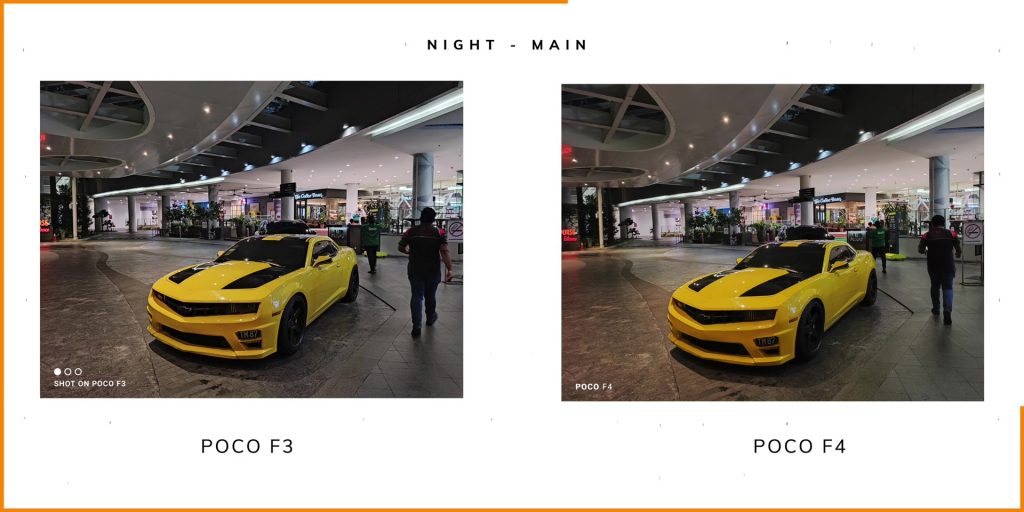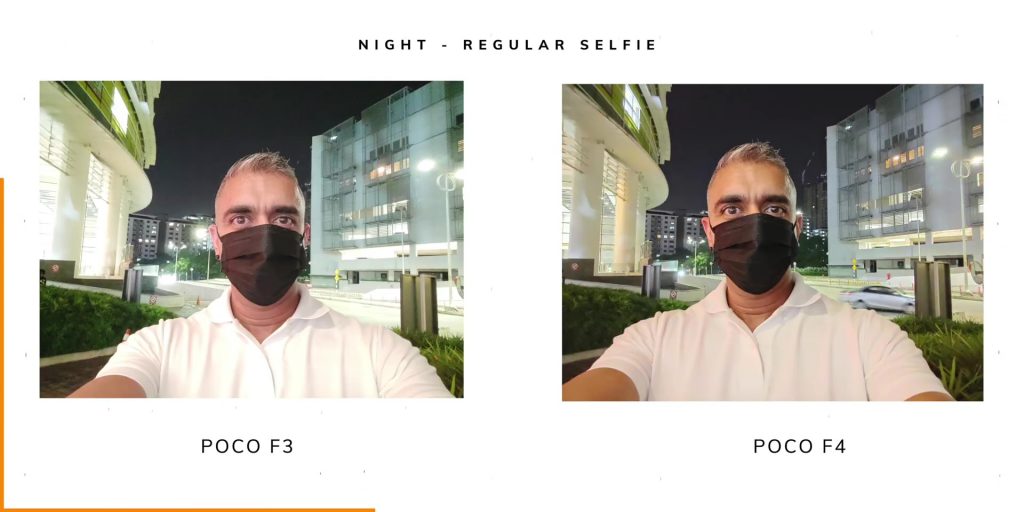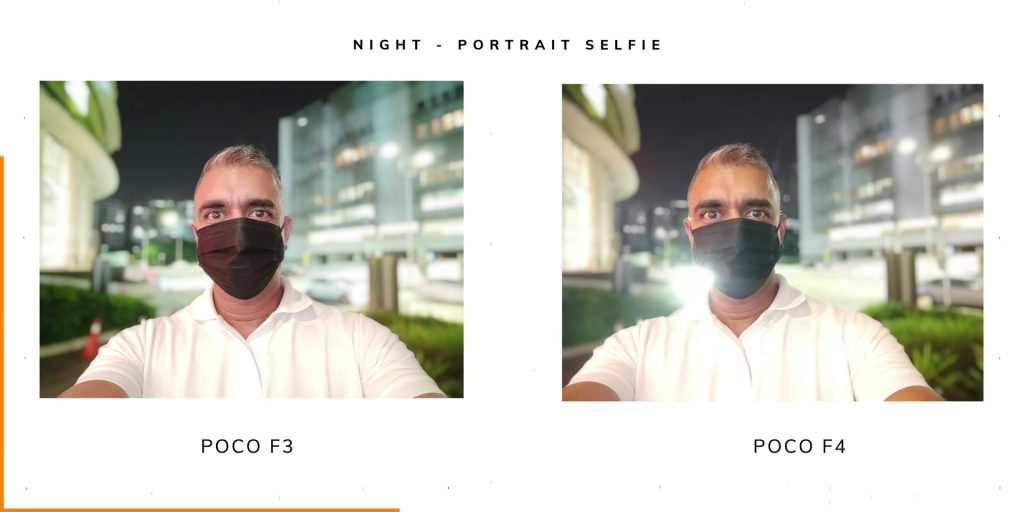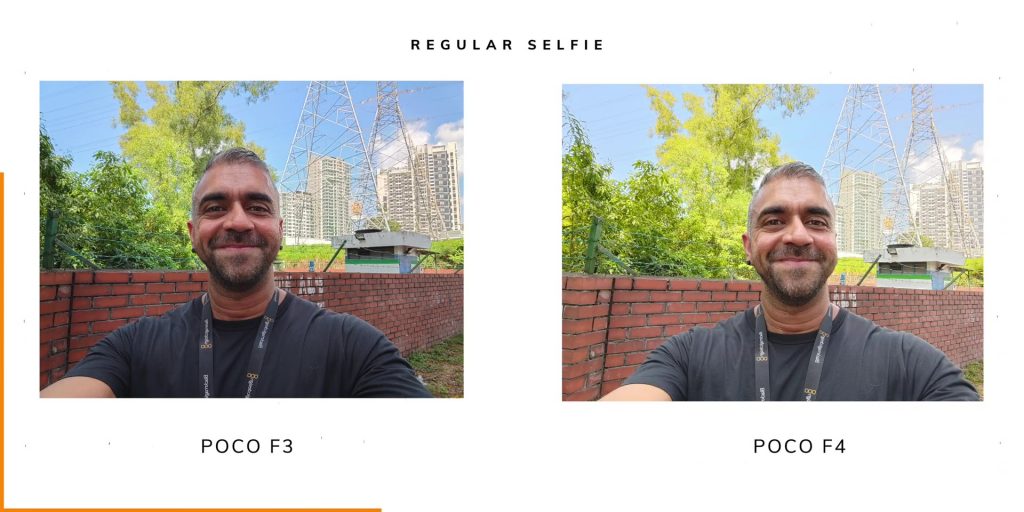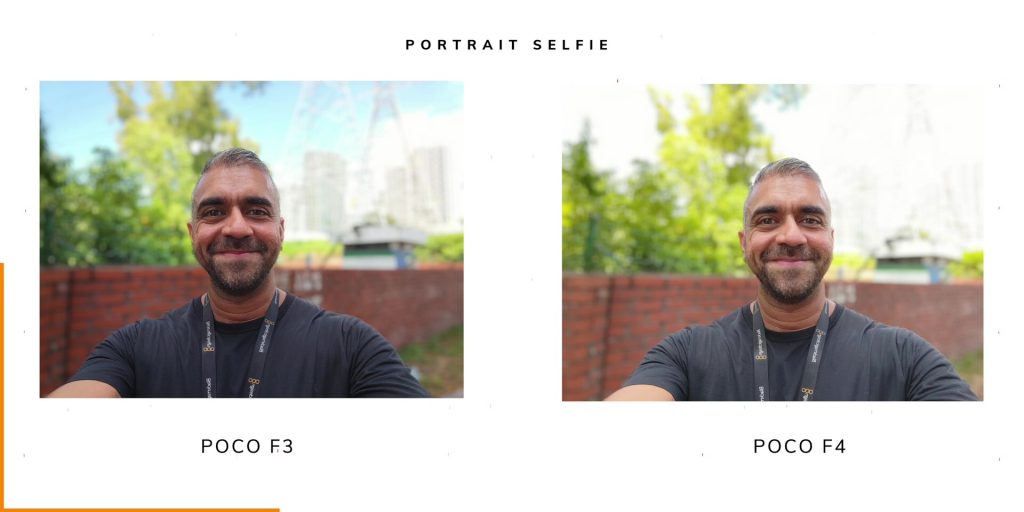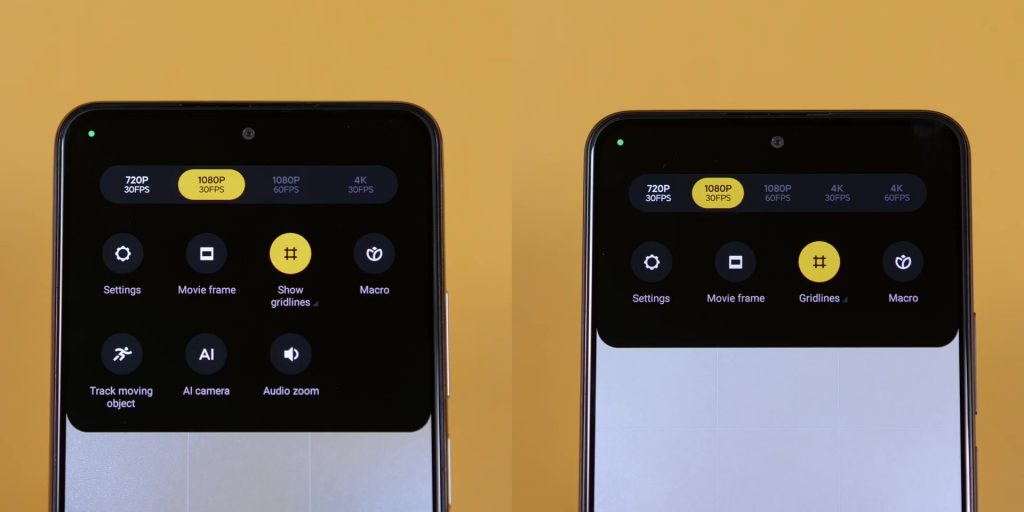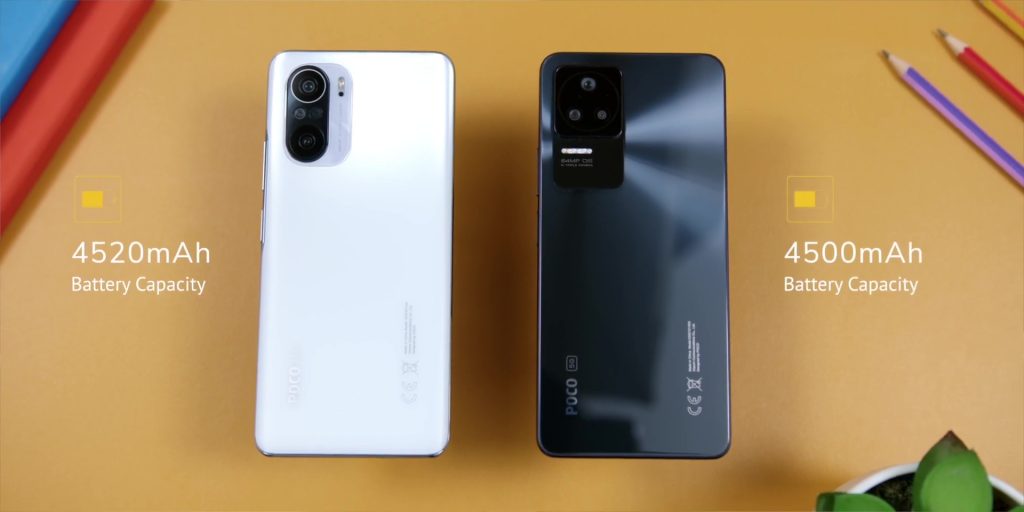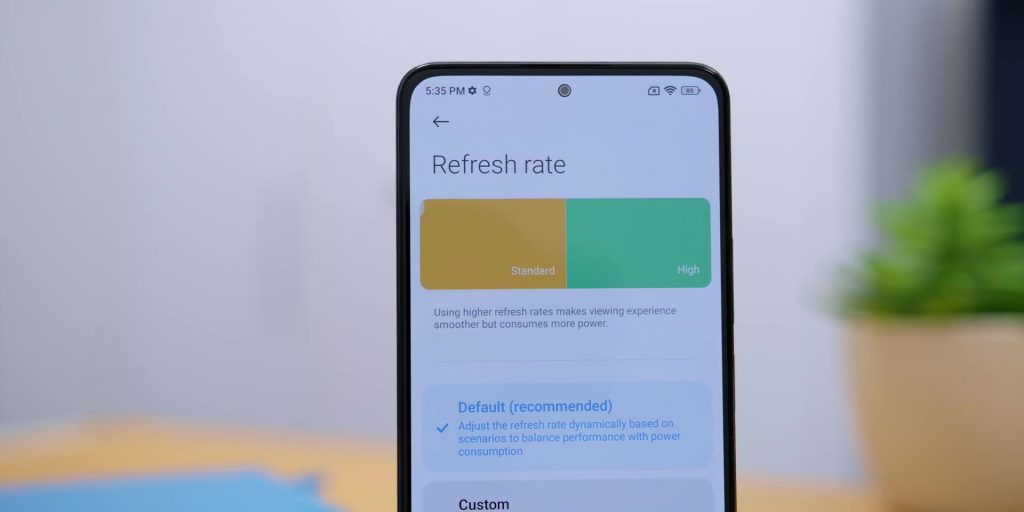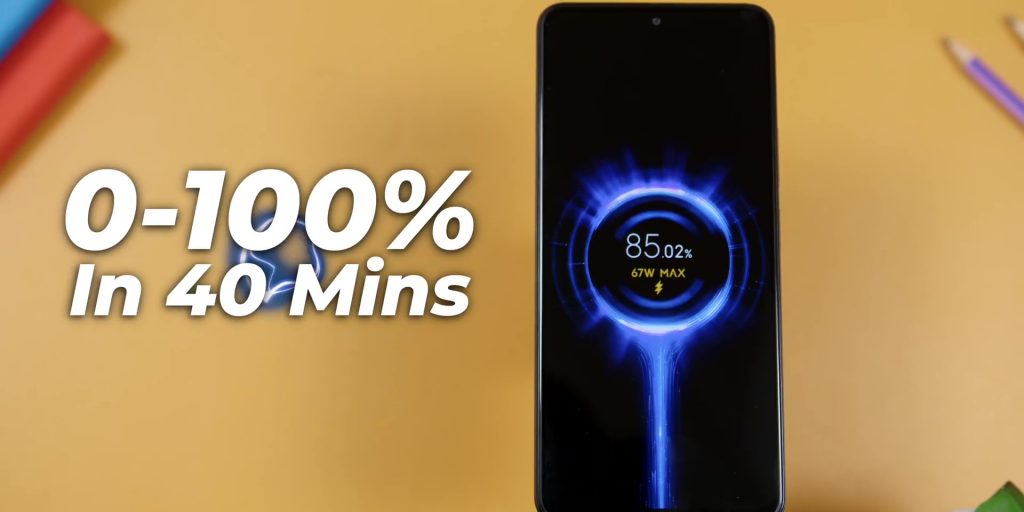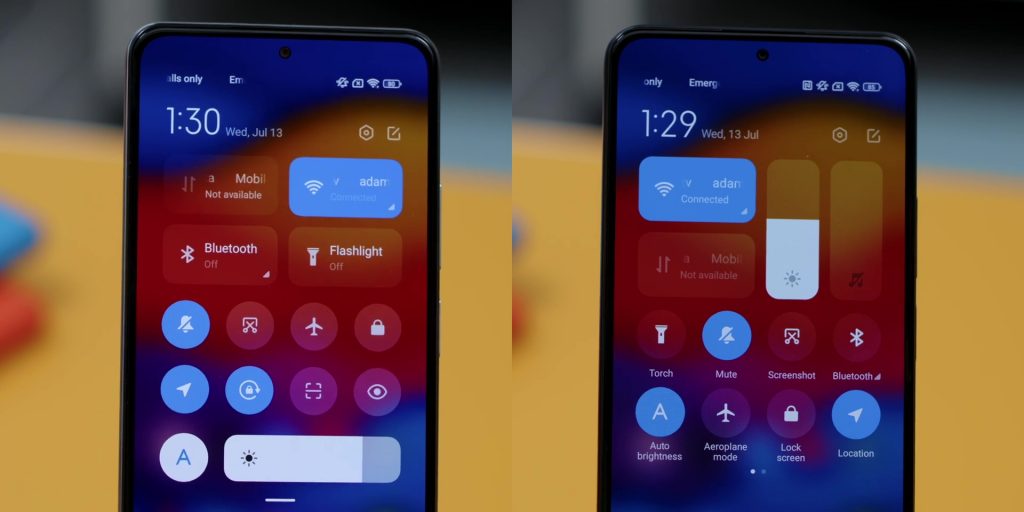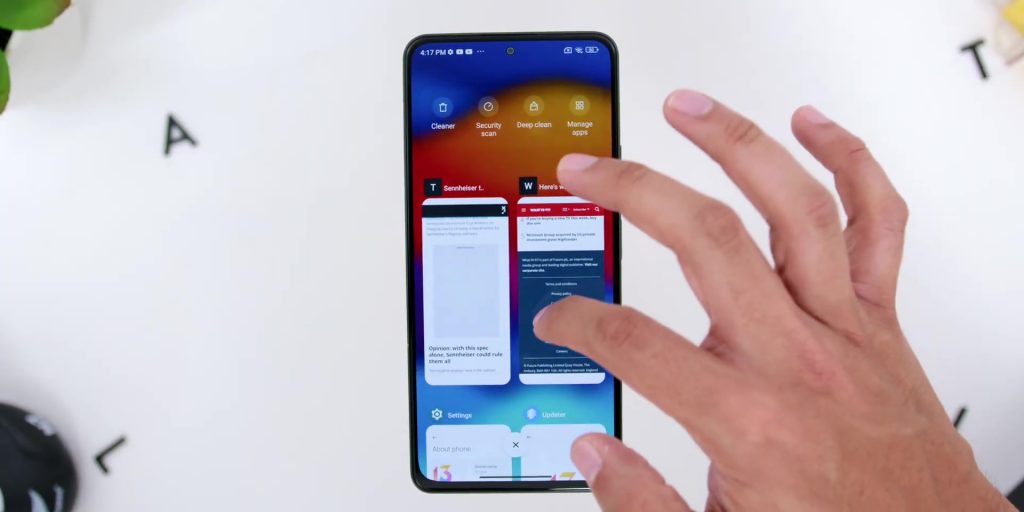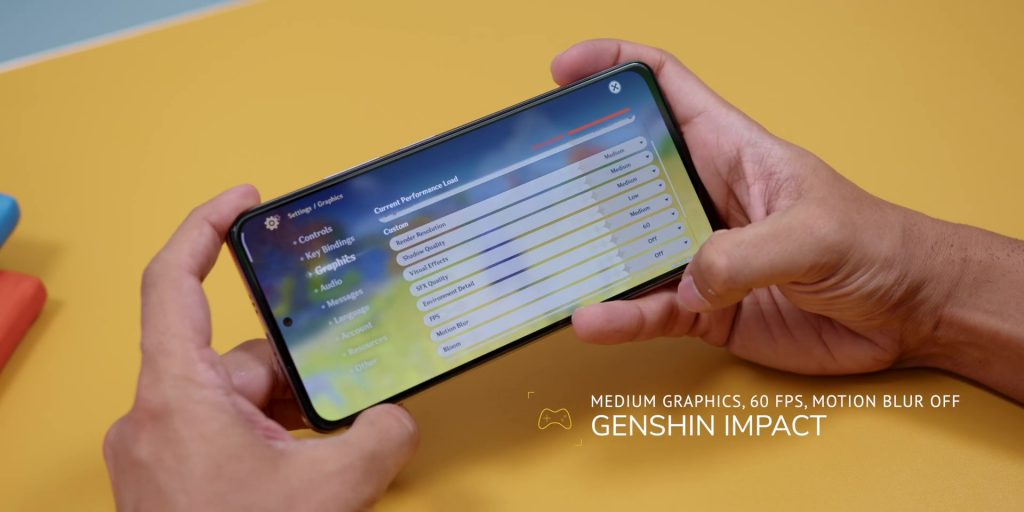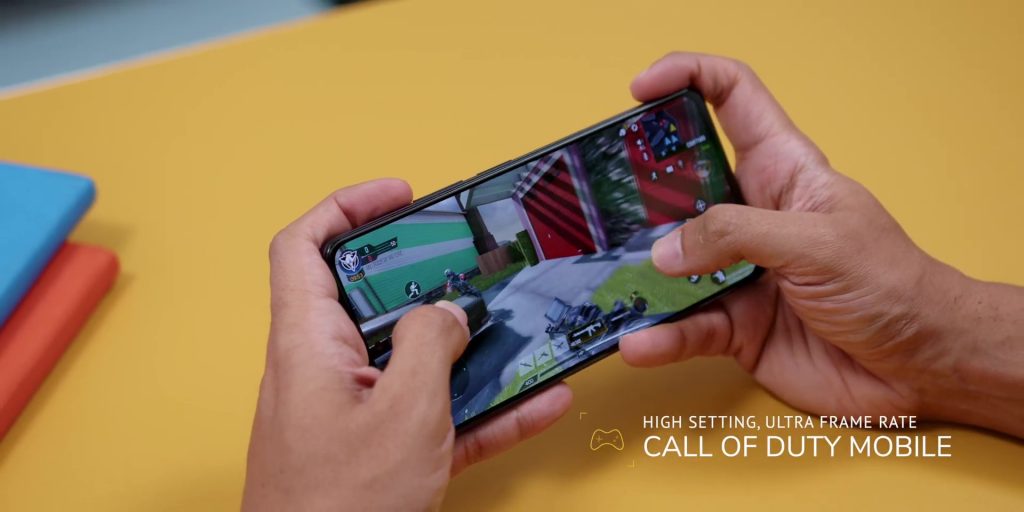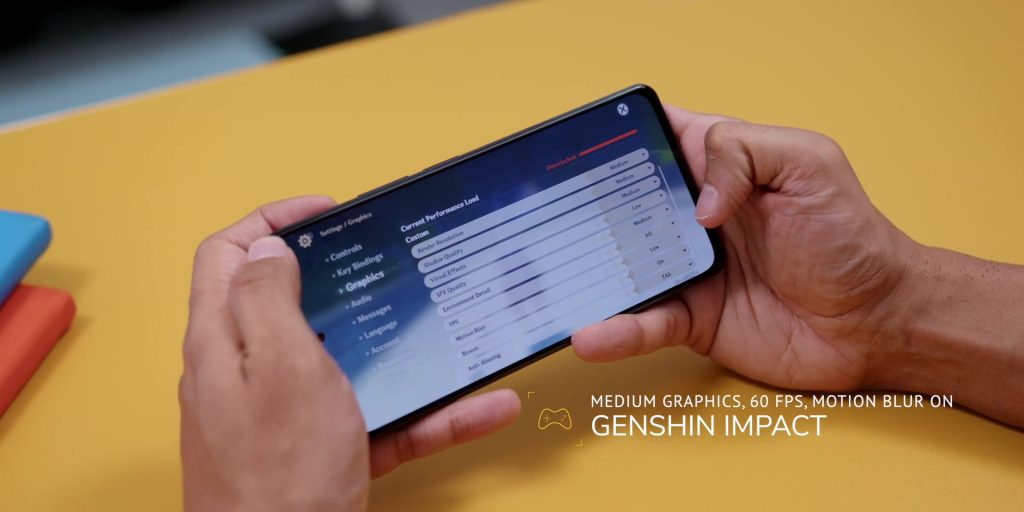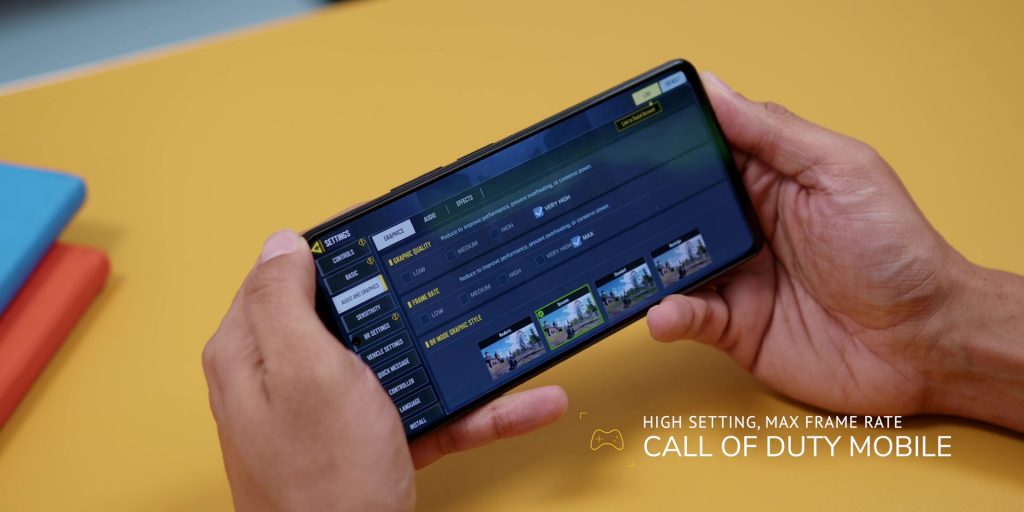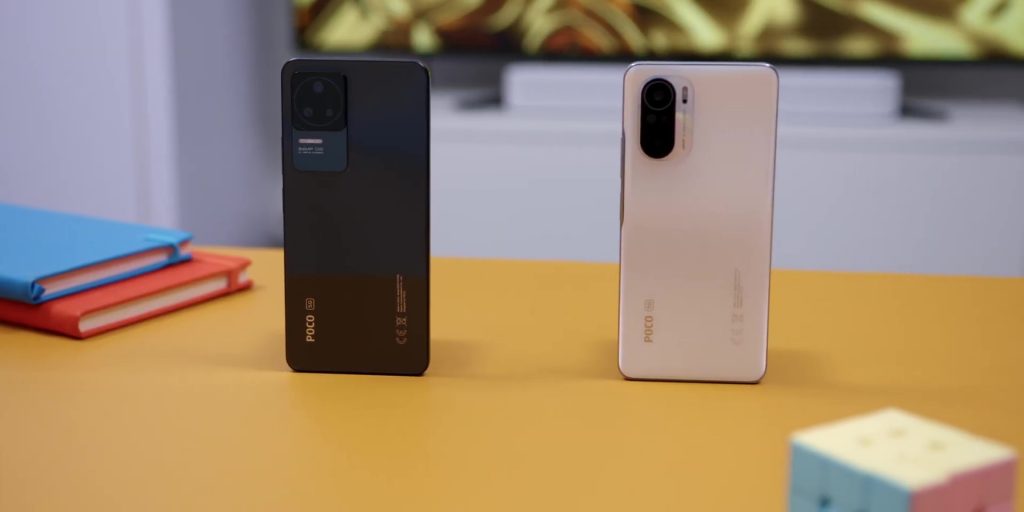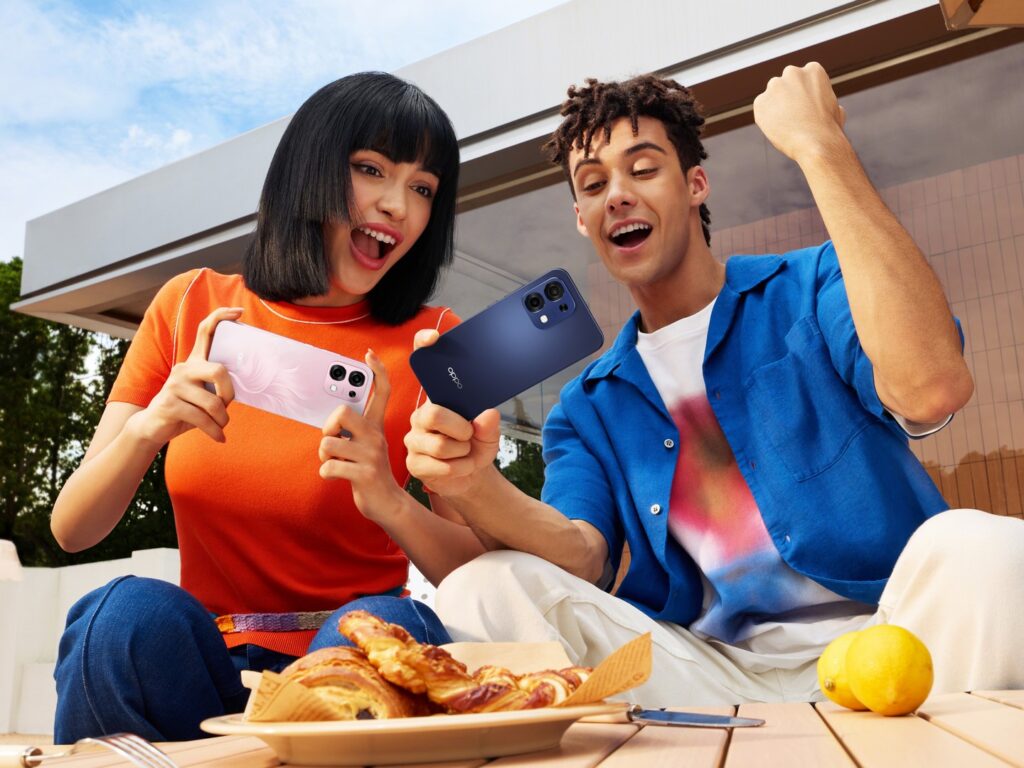As requested by many of you…
…here is the comparison video between the POCO F3 and the new POCO F4!
So, which is better? Well, let me show you!
Hardware
Alright, let’s start with the phone’s specs and the hardware when using these phones as my daily driver.
What’s interesting is that both phones carry the same Snapdragon 870 Chipset, and while I have no issues with the particular chipset as it did a very well job on both performance and thermal regulations. But of course, the fact that it is using the same chipset as last year, it may be something worth considering if you want a so-called “new experience.”
In terms of the weight, what’s interesting is that although on paper, according to POCO’s official specs, the POCO F4 is supposed to weigh 195 grams, but when I measured it on the weighing scale, it shows that it was at 196 grams instead. And that’s the reason why I decided to go beyond and measure the POCO F4 myself, because the POCO F3 was also at 195 grams, which made me wonder that no way that the POCO F4 was weighing the same, so yes, my suspicions were true.
Now you may say, but Adam, that is just a 1 gram difference…Well, here is the thing, even though it was only a mere 1 gram difference, but when I used both phones daily, instead of it feeling like just 1 gram heavier, it did seem like the POCO F4 was a bit more than 1 gram heavier, but yeah, that is my experience when I used these phones daily.
As expected, because the POCO F3 had a matte finish compared to the POCO F4’s glossier finish and it was also very prone to dust near the camera bump area, I really preferred how the POCO F3 felt compared to the POCO F4.
However, because of the squared camera bump shape on the POCO F4, the phone was way more usable to type when you place it on a surface compared to how wobbly it was on the POCO F3. So if you are one of those people who loves to leave your phone on a table while typing, like what I usually do when I’m working, then you will appreciate the POCO F4 even more.
While the placements of the ports and buttons are the same, but the speakers look a little different, which did not affect the volume at all but based on my test, the audio vocal quality on the POCO F4 was definitely better than the POCO F3.
Now I did mention in my first impressions video on how the side fingerprint button was more of a button; that was true, but if you really compared side by side with the POCO F3, it was the same, and so was the overall unlocking speeds.
So if it wasn’t for the wobbly-on-the-table situation, the POCO F3 would totally win this build quality and hardware battle, but for me, that is not such a big deal, but still I would give my vote towards the POCO F3 over here.
Display
Now, another thing that I mentioned in the first impressions video for the POCO F4, is how I mentioned that this is the best mid-range smartphone display that I’ve ever seen out right now.
And while yes, it is using the same exact POCO F3 display panel and it also had the same resolution as well, but the reason why I felt that the POCO F4 performed better, firstly is because of the automatic brightness adjustments where no matter the type of environment that I was in, whether or not it’s on a bright situation or even in the dark, it did performed very well compared to the POCO F3.
With that, I will stick to the same point that this is the best mid-range smartphone display that I have tested thus far, even beating Samsung’s very own A73 as well.
So other than that, you will be having the same excellent quality screen that you would get on the POCO F3 when watching videos, especially on Dolby Vision content on both as well, where both had the Widevine L1 and Dolby Vision-certified in Netflix as well.
But where the POCO F4 also wins is the fact that it has the Adaptive refresh rate, compared to the POCO F3, where you only have the option to choose between 120Hz and 60Hz, and not adaptive.
So yes, although we are looking at the same hardware, but because of the software enhancements, it made the POCO F4 my choice for a better display compared to the POCO F3.
Camera
Ah, the cameras, now here is where this could be the differentiating factor between choosing both of these phones because remember, it is not always the higher megapixel count that is the best.
As a recap of the specs, the POCO F3 has a 48MP F1.8 Main lens, an 8MP F2.2 Ultrawide Lens, and a 5MP F2.4 Macro Lens.
Then the POCO F4 has a bigger 64MP F1.8 Main Lens, a similar 8MP F.2.2 Ultrawide Lens, and a weirdly smaller 2MP F2.4 Macro camera.
And as for the front camera, it has a 20MP F2.5 aperture for both phones.
High Megapixel Mode
Let’s start with the high megapixel mode; at a glance on the first images, you won’t find any difference in quality, where the overall image on the POCO F4 was a bit more cooler in the color temperature.
And when it comes to the details, even if you zoom in close towards the “Kelana Square” sign, you can’t tell the difference even though the POCO F4 has a bigger Megapixel count.
And the same could be said for this second image as well when it comes to the color temperature just a bit, but when you punch in closer to the McDonalds logo, the word “Thru” in the “Drive Thru” was a bit clearer on the POCO F4, but yea, I don’t think that you or anyone is going to be zooming that close when you take images, so that’s why I am here for.
Ultrawide Lens
Then images on the ultrawide lenses were identical since it uses the same exact lens for both during the day.
Main Lens
And the same could be also said for the main lenses in the non-high megapixel mode for all of the images.
Zoom
However, there is only a tiny bit of a color shift when you use the 2x zoom on the POCO F3 where it was a bit more consistent on the POCO F4, but not extremely noticeable but yes it was there. And if you zoom in closer to 10 times, you will find that the POCO F4 is once again only a tad bit sharper.
Portrait Mode
Then Portrait Mode on subjects was pretty flawless on the edge detection, but the dynamic range on the POCO F4 was a bit better on the blurred background area, as seen in this second image on the background of the cone, where the clouds towards the top left was a bit blown out, but overall both performed very well even in situations where there were more subjects during this mode as well.
Macro Mode
So the Macro Mode was a bit of a different story, because even though the megapixel count on the F4 was smaller, but it did better on getting the details of the close-up shots, but at the expense of quite a color shift on this first image.
And sometimes, I found it harder to get focus when you put the POCO F4 closer. I do get a sharper shot when it is a bit further but that is at the expense of a more noisy image surrounding the subject, and while the POCO F3 “says” that it is focused in the camera app, but the photo is not as sharp.
So overall, I would say that the Macro shots on the POCO phones, the POCO F3 and the POCO F4, wouldn’t be the best traits.
NIGHT
Ultrawide Lens
Switching over to taking photos at night, on the ultrawide lenses, both were very similar, but I did see that the POCO F4 had deeper blacks, but the highlights on both were kept very well on this first image.
However, if you take a look at this second image, I like how the text on the Concourse Entrance was sharper and more readable on the POCO F3 compared to the POCO F4, so I do suspect that this is surely due to the software processing, so keep that in mind.
As for ultra low light situations, the POCO F4 performs better with accurate colors and more details on the floor area towards the bottom right side of the image.
Main Lens
And looking at the night images for the main lens, the images were also identical on both lenses, as seen in these two back-to-back images.
Night Selfie
Now, if you really need to take selfie shots at night, the POCO F4’s image processing does a way better job at the skin tones, and there is even better dynamic range at the highlights, especially towards the left side of the image.
Portrait Selfie
And the skin tones stayed consistent on the portrait selfie at night for the POCO F4, especially on this second selfie portrait image, where the POCO F3 did not do a great job on the edge detection.
DAY
Regular Selfie
However, it was a totally different story when you are taking selfies during the day, as the POCO F3 does a better job on the skin tones and the background dynamic range for these first shots.
But the POCO F4 does better on the details and skin tones in this second image, so this just shows how inconsistent both phones’ front cameras are.
Portrait Selfie
Speaking of the inconsistency, the POCO F4’s portrait mode shot for the selfie camera was nowhere as good as the POCO F3, as seen in this first image, but the overall edge detection could be a hit or miss on both phones most of the time.
Video Recording
[Check out my YouTube video for sample footages]
So another software enhancement was made on the recording resolution, while both record up to 1080p 30 frames per second (fps) for the ultrawide lenses but the POCO F4 can go up to 60 fps on 4K resolution, which I don’t use that high frame rate, but I do know some of y’all who does, so keep that in mind.
Ultrawide
When it comes to the video quality on the ultrawide lenses, it was very close to each other, probably just a tad different on the color of the blue skies, but not highly apparent. And the stabilization for these ultrawide lenses was equally as good.
Main
Then the 4K video quality was also a similar case, where the only difference was the slight difference of the color of the skies, and the image stabilization over here was really good as well.
Night Video Main
As for taking videos at night, I found that the POCO F4 was a little better for the main lenses.
Night Video Ultrawide
Then when it comes to the ultrawide lenses, the video footage seems to favor the POCO F3 in capturing highlights a little better.
So guys, with this, do let me know which one do you think won in this camera comparison? Was it a huge difference? And which one would you choose? Let me know in the comment section below.
Battery
So the battery spec seems to be another strange situation as the POCO F3 has 4520 mAh, and the POCO F4 has 4500 mAh, so we are looking at a difference of 20 mAh.
And here is where size does not matter because not only that the battery drain from 100% to 99% got me about 54 minutes of screen-on time, where it even got me 5 hours and 11 minutes of screen-on time when I was still at 50% battery, so the overall battery usage was significantly better when it comes to getting an average of 7 hours and 48 minutes of screen-on time compared to the POCO F3, where I was averaging at about 7 hours.
Now keep in mind that I also “forced” the POCO F4 to be on the higher refresh rate of 120Hz, instead of the Default or Dynamic, just to be fair to go against the POCO F3. Hence this means that the POCO F4 will give you better battery life if you switch to the dynamic refresh rate mode.
And of course, where the POCO F4 also wins is through the charging capabilities, where it had 67W compared to 33W on the POCO F3, so it did got me up and running close to 40 minutes from 0-100% of charge compared to almost an hour on the POCO F3.
So yes, the obvious winner over here is the POCO F4 when it comes to the battery department.
Software
So my biggest worry as a long-time user of the POCO F3 was whether or not I would get the latest Android software update because I don’t really care about MIUI since it’s not exactly my favorite Android skin, but I have been living with it.
But the cool thing is that, as of the recording of this video, not only does the POCO F3 have the latest Android 12 update, but the MIUI Update was at version 13.0.6 compared to 13.0.4 on the POCO F4. But using both phones daily was totally fine as I had no issues, any lag or any stuttering when using both phones daily.
So besides a slight UI difference in the Control Center where the POCO F4 had the volume and screen brightness slider towards the right instead of placing it below on the POCO F3, there were no significant differences in terms of usability for both phones.
And what’s interesting is that even though the POCO F3 had a higher RAM compared to the POCO F4, I did not feel any differences once again. There were no overheating issues with the chipset as expected and the haptic feedback on both phones were equally as good.
Gaming
So if the RAM doesn’t matter for daily usage, how about when it comes to gaming?
Well, based on my test, starting with Genshin Impact on the POCO F3, the best settings were at Medium graphics, 60 fps, and motion blur turned off, where the game ran smoothly with no visible stutter or micro lag.
Then the battery drain was also not present, and it was only a little warm at about 15 minutes into the game, and as how it was before, the graphics looked great because of its screen.
Then as for COD Mobile, the graphics were at Very High, and the frame rate was at Ultra, and the game felt very optimized and ran smoothly.
As for the POCO F4, to my surprise, the settings were the same, except the motion blur was turned on, and still, the game ran pretty nice and smooth compared to the POCO F3, and I barely felt any warmth on the phone, even during long gameplay.
Then battery-wise, after about 15 minutes of gameplay, it only lost about 2 to 3% of battery life.
Then switching over to COD Mobile, the graphics were at Very High, but the frame rate was at Max instead of Ultra, which was a little weird. But nevertheless, the gaming experience was really good and felt a tad bit more responsive than the POCO F3.
Conclusion
So, in conclusion, which should you get? Well, here is my take: I humbly believe that there are differences between the POCO F4 and the previous POCO F3; while the differences are not a lot, but it was very noticeable in the battery life and the build quality overall as well.
So is the POCO F4 a better phone than the POCO F3? Yes, it is. BUT it also means that the price has dropped tremendously on the POCO F3, and depending on where you are from, the POCO F3 could be a steal of a price!
But as usual, who cares what I think, what matters more is what YOU think, so do let me know in the comment section below on which one that you would choose, and let’s discuss it over there.

